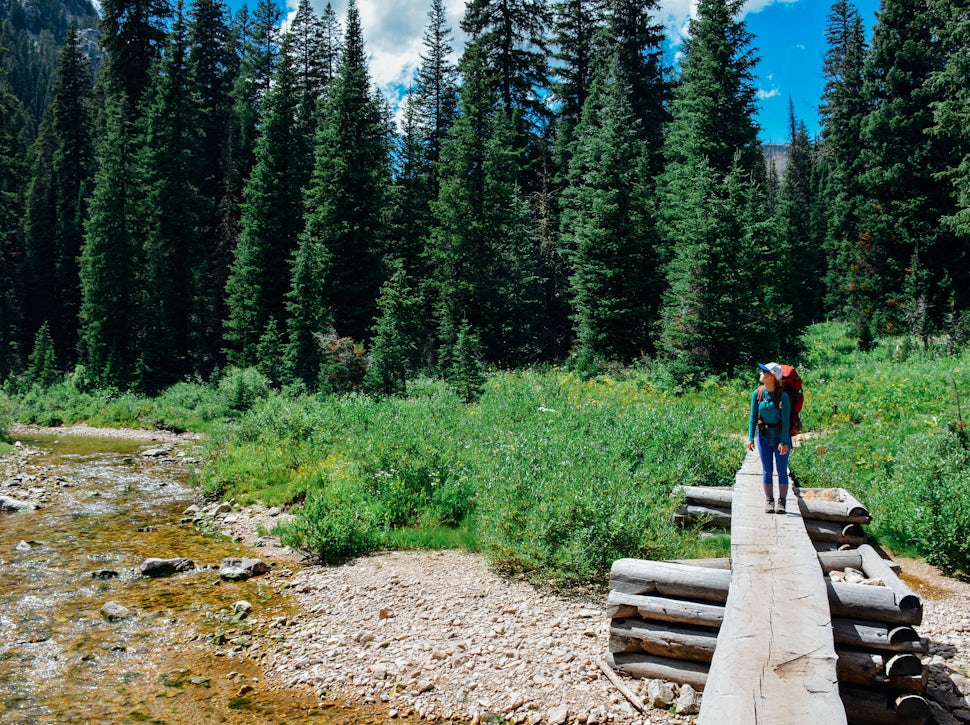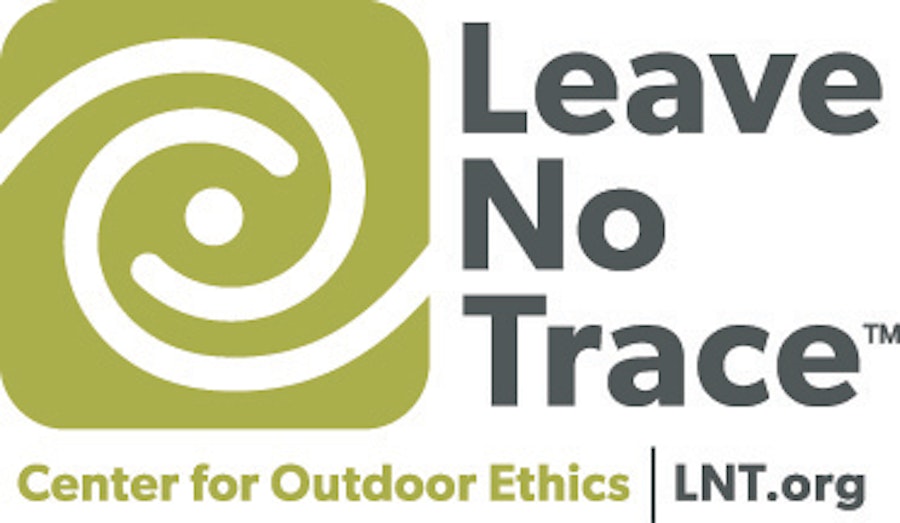5 Tips For Beginner Backpackers
Ready for your first trip into the backcountry?

Last summer, my boyfriend and I took two weeks off to travel the western US. We backpacked three days at Grand Teton National Park and four days at Glacier National Park. We felt prepared as we read up on backpacking checklists and talked to REI employees, but I wish we would have known a few things before we left. We ended up packing more food than we ate, brought several extra layers we never wore, and carried items we never used.
You can never fully be prepared; unexpected things happen, even for the most experienced backpacker. These five things will help give you the confidence you need to start planning your next backpacking trip and walk away feeling even more excited to do it all again.

1. Do your research
The hardest decision might be picking where to start your trip. Once you decide where to go, it can be just as hard to know which trail to explore. The Outbound is a great starting point for researching different backpacking trips and will give you a great idea of what you can expect.
Most national parks don't allow dogs on backcountry trails, but there are several wilderness areas that do. If bringing your dog is super important to you, you may be somewhat limited in backpacking destinations...but some would argue the extra effort is worth bringing your best friend along.
It would be nice to show up and start hiking, and there are places you can do that, but most national parks require permits for backcountry trails. Sometimes you can book a permit in advance, but other times you might want to arrive at the national park office in person the day of or day before you wish to begin your adventure. Read the park’s website and permit guidelines before you show up in person to get an idea of planning out the timeline for your trip. If you’re unsure which trail you should choose, call a ranger to get advice on different options that fit your schedule and any weather precautions. Most areas where you’d want to go backpacking, even if they aren’t a national park, will have a ranger station with a number posted online. Calling ahead and speaking with someone is always a good option and you might learn something that only someone who knows the area well could teach you.
2. Get the right gear
People always say the right gear is important, but what does that really mean? It’s important to purchase gear that you need versus what you want to have. It may be cool to have that brand name backpack and stylish hat, but are they lightweight and durable? Is your sleeping bag warm enough if you wake up to a blizzard outside your tent? Will your rain jacket hold up to sleeting rain? Do you have something to wear if the clothes you are wearing get wet?
You can’t possibly know the answers to all the above questions or prepare for every worst-case scenario, but you can start to think about bringing the gear that fits what type of trip you’re taking. If you have the time, you can try testing some of your gear on other hiking or camping trips ahead of time. At the very least, practice setting up your tent and be sure you know how to work your backpacking stove in advance (this is something you don’t want to experiment with in the dark by your backcountry campsite).

3. Know your limits
Find routes that fit your ability. For us, we liked picking day hikes of various mileage and elevation gains. Some days we wanted to sleep in, explore and set up camp on the early side. So for those days, we picked distances of 4-6 miles between campsites. Other days, we wanted to get a workout and cover more ground, so we chose distances longer than 10 miles each day.
There’s no wrong trail to choose. If you’re not sure how long a trail might take you or where you should be camping, ask a ranger to give you some suggestions based on your skill ability.
If you’re feeling nervous about a week in the wilderness, start with a 1-2 nighter and work your way up to longer trips.
4. Less is more
This is one thing I wish someone had told me ahead of time. You do not need to bring several different pairs of the same type of pants. After a few days in the wilderness, I found that I wore the same thing almost every day.
Food weighs you down. Make sure to divide out your meals ahead of time, factoring in some snacks throughout each day. Backcountry prepared meals can also be heavy. You can get creative and dehydrate some of your own foods ahead of time.
If you research your surroundings ahead of time, you will be able to forage for berries and nuts along the trail.
5. Leave No Trace
Every time we go outside and explore, we are leaving an impact, but there are ways you can reduce your environmental footprint. Make sure to camp on durable surfaces, 200 feet from a water source. Use existing trails and pack out your trash.
Observe wildlife at a distance and do not feed them. If you’re going to be in bear country, read up on bear safety and make sure you hang your food or put it in a bear canister (depending on the park’s requirements).

Please respect the places you find on The Outbound.
Always practice Leave No Trace ethics on your adventures. Be aware of local regulations and don't damage these amazing places for the sake of a photograph. Learn More
Cover photo: Kathleen Morton
Get the gear you need for your backpacking adventures:
Please respect the places you find on The Outbound.
Always practice Leave No Trace ethics on your adventures. Be aware of local regulations and don't damage these amazing places for the sake of a photograph. Learn More
We want to acknowledge and thank the past, present, and future generations of all Native Nations and Indigenous Peoples whose ancestral lands we travel, explore, and play on. Always practice Leave No Trace ethics on your adventures and follow local regulations. Please explore responsibly!
Do you love the outdoors?
Yep, us too. That's why we send you the best local adventures, stories, and expert advice, right to your inbox.
Related
Community
© 2024 The Outbound Collective - Terms of Use - Privacy Policy












